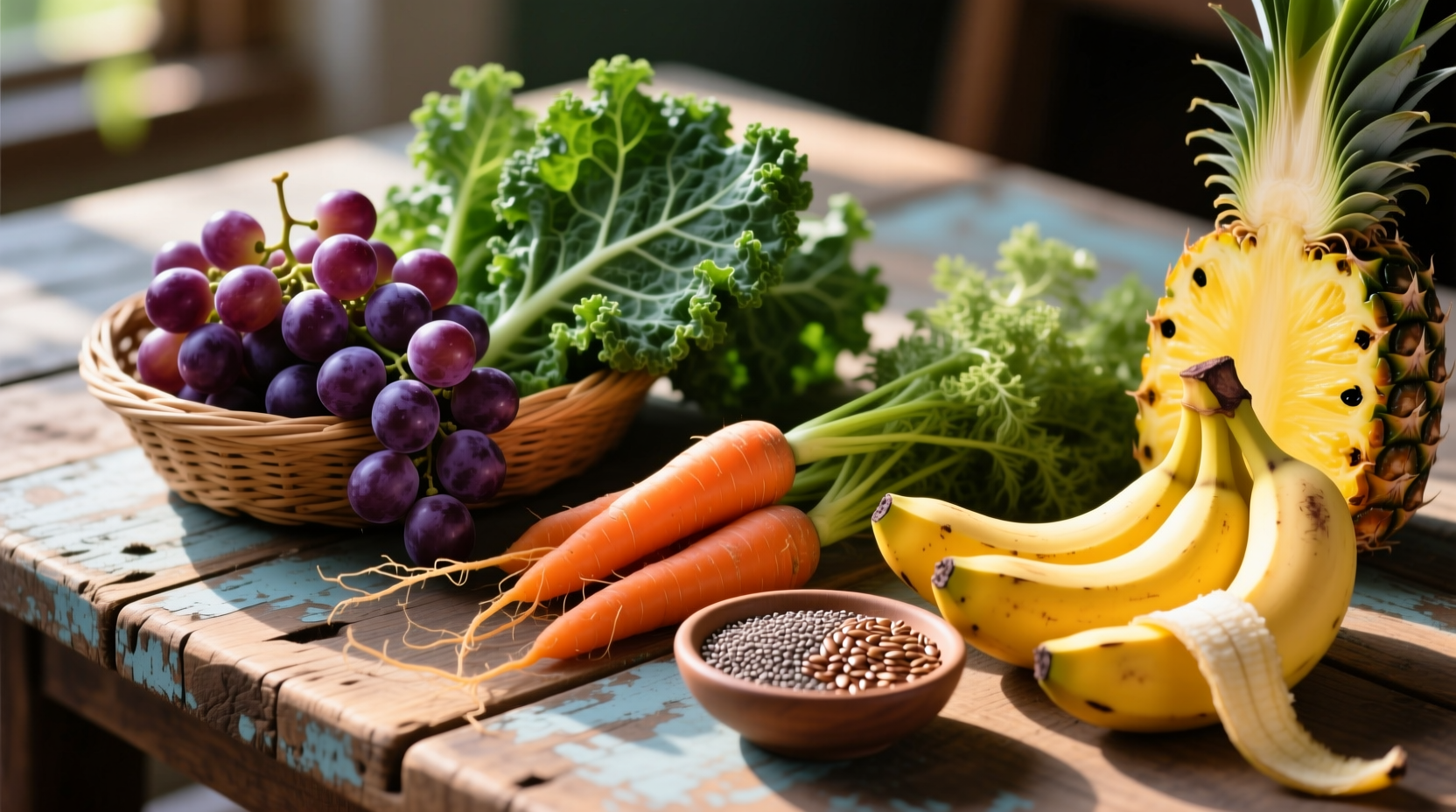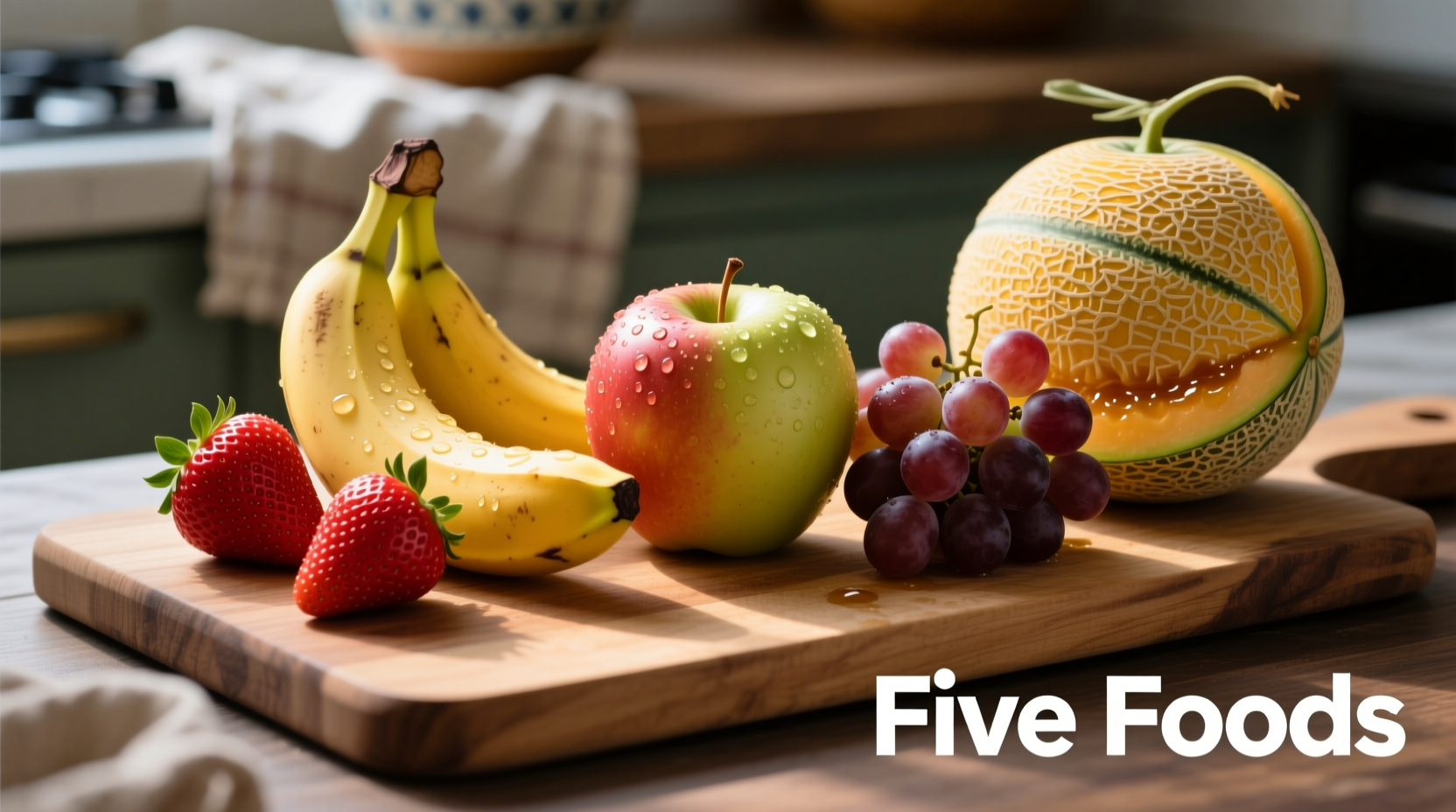If you're searching for "what foods have fiver," you likely meant fiber (a common misspelling). The top high-fiber foods include lentils (15.6g per cup), chia seeds (10.6g per ounce), raspberries (8g per cup), artichokes (10.3g each), and black beans (15g per cup). Adults need 25-38g of fiber daily for optimal digestion, heart health, and blood sugar control according to the National Academy of Medicine.
Confused about fiber sources? You're not alone. Many people misspell "fiber" as "fiver" when searching for dietary information. This comprehensive guide cuts through the confusion with science-backed facts about the best high-fiber foods and how to incorporate them into your daily meals.
Why Fiber Matters More Than You Think
Fiber isn't just for preventing constipation. Research from the American Heart Association shows that adequate fiber intake reduces heart disease risk by 20-30% and lowers type 2 diabetes incidence by 18%. The National Academy of Medicine recommends 25g daily for women and 38g for men under 50, decreasing slightly after age 50.
Top Fiber-Rich Food Categories
Legumes: The Fiber Powerhouses
Beans and lentils consistently rank highest in fiber content. Just one cup provides:
| Food | Fiber (per cup) | Key Benefits |
|---|---|---|
| Lentils (cooked) | 15.6g | Rich in iron and plant-based protein |
| Black beans (cooked) | 15g | High in antioxidants and folate |
| Split peas (cooked) | 16.3g | Excellent source of vitamin B1 |
According to USDA FoodData Central, legumes provide both soluble and insoluble fiber, making them ideal for comprehensive digestive health. Soak dried beans overnight to reduce cooking time and improve digestibility.
Fruits That Outperform Supplements
While apples get all the attention, these fruits deliver significantly more fiber per serving:
- Raspberries (8g per cup) - Highest fiber fruit
- Pears (5.5g each, with skin) - Contains both fiber types
- Avocados (10g per cup) - Technically a fruit with healthy fats
- Bananas (3.1g each) - More effective when slightly green

Vegetables: Beyond Broccoli
Artichokes take the crown with 10.3g per medium globe, but these vegetables also pack a fiber punch:
- Brussels sprouts (4g per ½ cup cooked)
- Green peas (8.8g per cup)
- Winter squash (9g per cup)
- Spinach (4.3g per cooked cup)
A 2022 study in the American Journal of Clinical Nutrition found that people consuming at least three servings of high-fiber vegetables daily had 24% lower inflammation markers than those with low vegetable intake.
Whole Grains: Not All Are Created Equal
When searching for "what foods have fiber," many focus only on fruits and vegetables. Whole grains provide sustained energy release thanks to their fiber content:
- Barley (6g per cooked cup) - Highest fiber grain
- Oats (4g per ½ cup dry) - Contains beta-glucan for heart health
- Quinoa (5g per cooked cup) - Complete protein source
- Brown rice (3.5g per cooked cup) - Less fiber than alternatives
Seeds and Nuts: Tiny Packages, Big Benefits
These convenient fiber sources make excellent snacks or meal additions:
- Chia seeds (10.6g per ounce) - Forms gel for hydration
- Flaxseeds (7.6g per ounce) - Must be ground for absorption
- Almonds (3.5g per ounce) - Also rich in vitamin E
- Pistachios (2.9g per ounce) - Easier portion control
Practical Fiber Integration Strategies
Adding fiber gradually prevents digestive discomfort. Try these evidence-based approaches:
Breakfast Boosters
Start your day with 10g+ of fiber by combining high-fiber foods:
- Oatmeal topped with chia seeds and raspberries (12g)
- Whole grain toast with avocado and flaxseed (14g)
- Smoothie with spinach, banana, and ground flaxseed (9g)
Lunch and Dinner Transformations
Easily upgrade meals without changing your favorite recipes:
- Add lentils to soups and stews (doubles fiber content)
- Replace half the ground meat with cooked mushrooms in sauces
- Use whole wheat pasta instead of refined varieties (3x more fiber)
- Include one high-fiber vegetable with every dinner
Important Fiber Considerations
Fiber needs vary based on individual factors. The Institute of Medicine's timeline of fiber recommendations shows evolving understanding:
| Year | Recommended Daily Fiber | Key Research Findings |
|---|---|---|
| 1997 | 20-25g | Initial recognition of heart health benefits |
| 2002 | 25-38g | Link established between fiber and diabetes prevention |
| 2023 | 25-38g (age/gender specific) | Microbiome research shows fiber's role in gut health |
Special considerations apply for certain populations:
- People with IBS: Focus on soluble fiber sources like oats and psyllium
- Older adults: May need slightly less fiber but same nutrient density
- Active individuals: Higher calorie needs often naturally increase fiber intake
- Those with diverticulitis: Consult doctor before increasing fiber
Common Fiber Myths Debunked
Many searchers for "what foods have fiver" encounter misinformation. Let's clarify:
- Myth: All fiber supplements work as well as whole foods
Fact: Whole foods provide additional nutrients and phytochemicals supplements lack - Myth: More fiber is always better
Fact: Excessive fiber (over 70g daily) can cause nutrient malabsorption - Myth: Fiber only helps digestion
Fact: Fiber regulates blood sugar, lowers cholesterol, and supports gut microbiome
Your 7-Day High-Fiber Meal Plan
Start incorporating these science-backed combinations today:
- Monday: Lentil soup with whole grain bread (28g)
- Tuesday: Chia pudding with berries and almonds (32g)
- Wednesday: Black bean tacos with avocado and cabbage slaw (35g)
- Thursday: Quinoa salad with chickpeas and roasted vegetables (31g)
- Friday: Whole wheat pasta with white beans and spinach (29g)
- Saturday: Artichoke and barley risotto (33g)
- Sunday: Split pea soup with whole grain crackers (37g)











 浙公网安备
33010002000092号
浙公网安备
33010002000092号 浙B2-20120091-4
浙B2-20120091-4